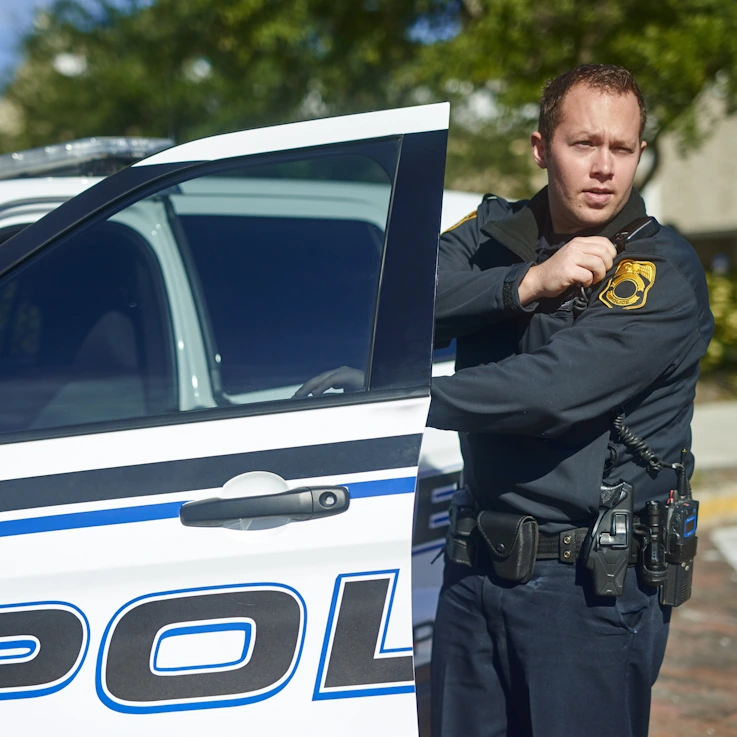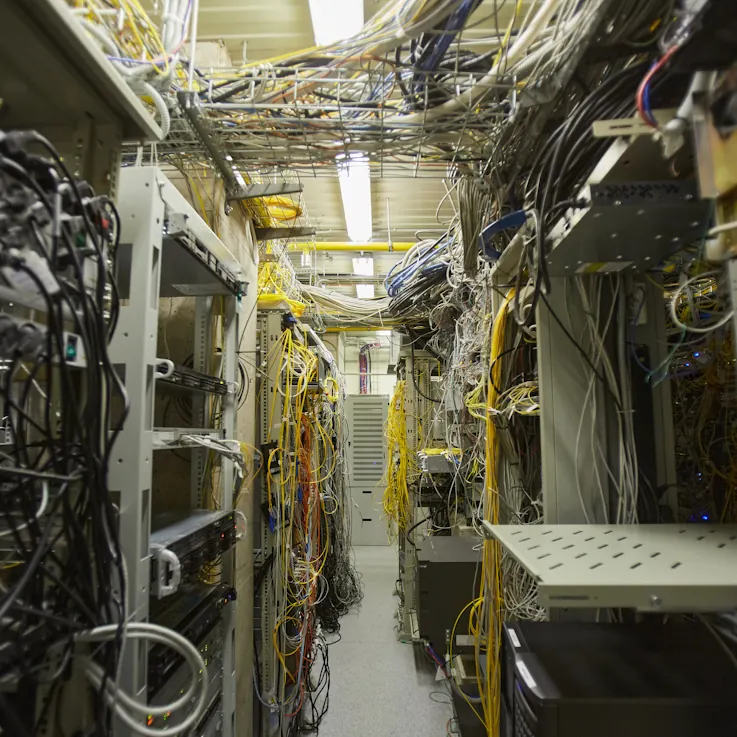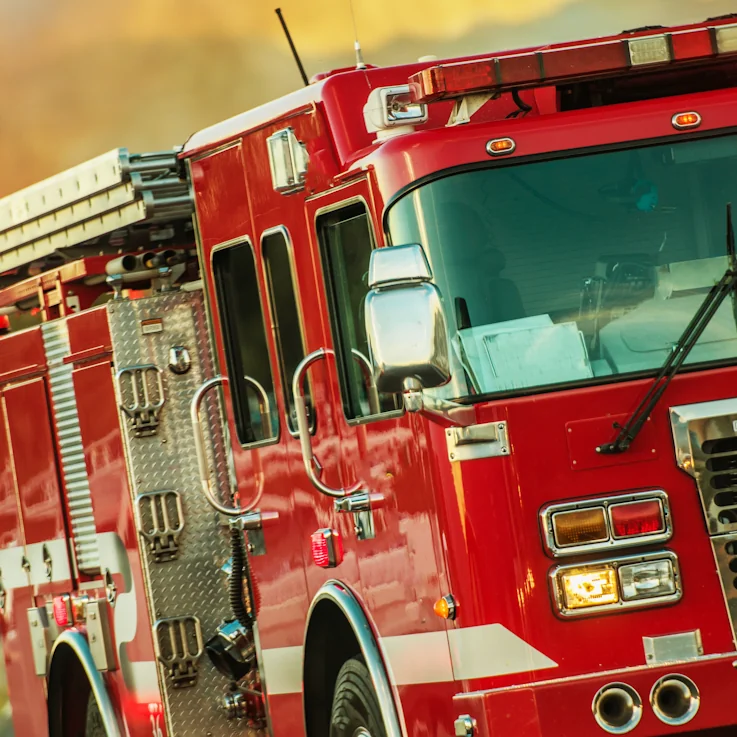The Problem
The modern connected world demands that secure 5G and 4G telecommunication networks power essential communications ranging from daily phone calls to life-saving emergency services.
Networks for a variety of industries, including public safety networks, connected vehicles, defense, and healthcare are critical, and life-threatening problems can arise if these systems fail or underperform.
These are some of the primary issues:
Communication Failures
- Interoperability issues between different agencies (e.g., police, fire, EMS) can delay response times. The Complexity of Telecom Network Protocols and requirements for different technologies to interconnect just adds to this problem.
- Congestion during large-scale incidents can overwhelm networks, leading to dropped or delayed communications.
- Location information being inaccurate or missing can delay response times.


Cybersecurity Threats and Lack of Network Resilience
- Natural disasters or cyberattacks can disrupt local access networks, which are often the most vulnerable parts of the system. Public safety networks are increasingly targeted by ransomware and other cyberattacks, which can disable critical systems or leak sensitive data.
- Insufficient backup systems or failover mechanisms can lead to total communication blackouts.
Outdated Infrastructure
- Many agencies still rely on legacy systems that are not compatible with modern digital tools.
- These systems may lack real-time data sharing, location tracking, text t0 9-1-1, or multimedia support, which are essential for situational awareness.


Roaming
- Roaming involves multiple PLMNs (Public Land Mobile Networks), each with its own core network setup, policy control, and steering mechanisms.
- Ensuring seamless handover between networks with different architectures, QoS standards, and frequency bands is technically demanding.
THE PROBLEM...
...MEETS THE SOLUTION
What causes communication issues?
- Diverse Standards (VoIP, 5G, MCX, P25, TETRA, etc.)
- Diverse Types of Testing needed (Functional, Performance, Security, Conformance, Regression, Field Testing)
- Interoperability Problems
- Regulatory Compliance (standards TIA, 3GPP, ITU, etc.)
- Incumbent Test Tool Vendors
- Limited Accredited Testing Labs
Common cyber threat and network resilience issues and their impact:
- Network Latency - mis-configured due to lack of resources causing call quality issues and dropped/delayed packets
- Transcoding / Interworking - causing call quality issues
- Interoperability / Non-compliance - small organizations tempted to buy cheaper equipment that may be non-standard and cause incompatibilities
- Mis-identification of Authorized / Unauthorized Devices - causing service availability issues
- Security Vulnerabilities - causing service availability issues
- Incorrect Location - causing delays getting to the scene of the emergency
When a public safety network malfunctions during an emergency, in can be a life-or-death situation.
NG-911/112 and MCX help to mitigate these risks.
- The implementations of Next Generation 911/112 (NG-911/112) systems is crucial. NG911 enhances call routing, location accuracy, and supports multimedia communication, making emergency response more efficient and reliable.
- The implementation of MCX (Mission Critical Services, including MC-PTT) mitigates these issues by providing resilient, interoperable, and broadband-enabled communication capabilities.
Real world scenarios
Troy, Ohio (2023)
Due to confusion between “West Market Street” and “South Market Street” during a 911 call, first responders forced open the door of a historic home and the city & county had to pay $25,000 to repair the property damage. This figure doesn’t include the Operational costs, delayed care for the actual emergency and the Legal liability and Reputational damage.


Pennsylvania House Fire (2015)
During a house fire, emergency services were dispatched to the wrong address due to a verification issue by dispatch. A woman died in the fire and this case raised serious questions about negligence and breach of duty by the 911 system.


